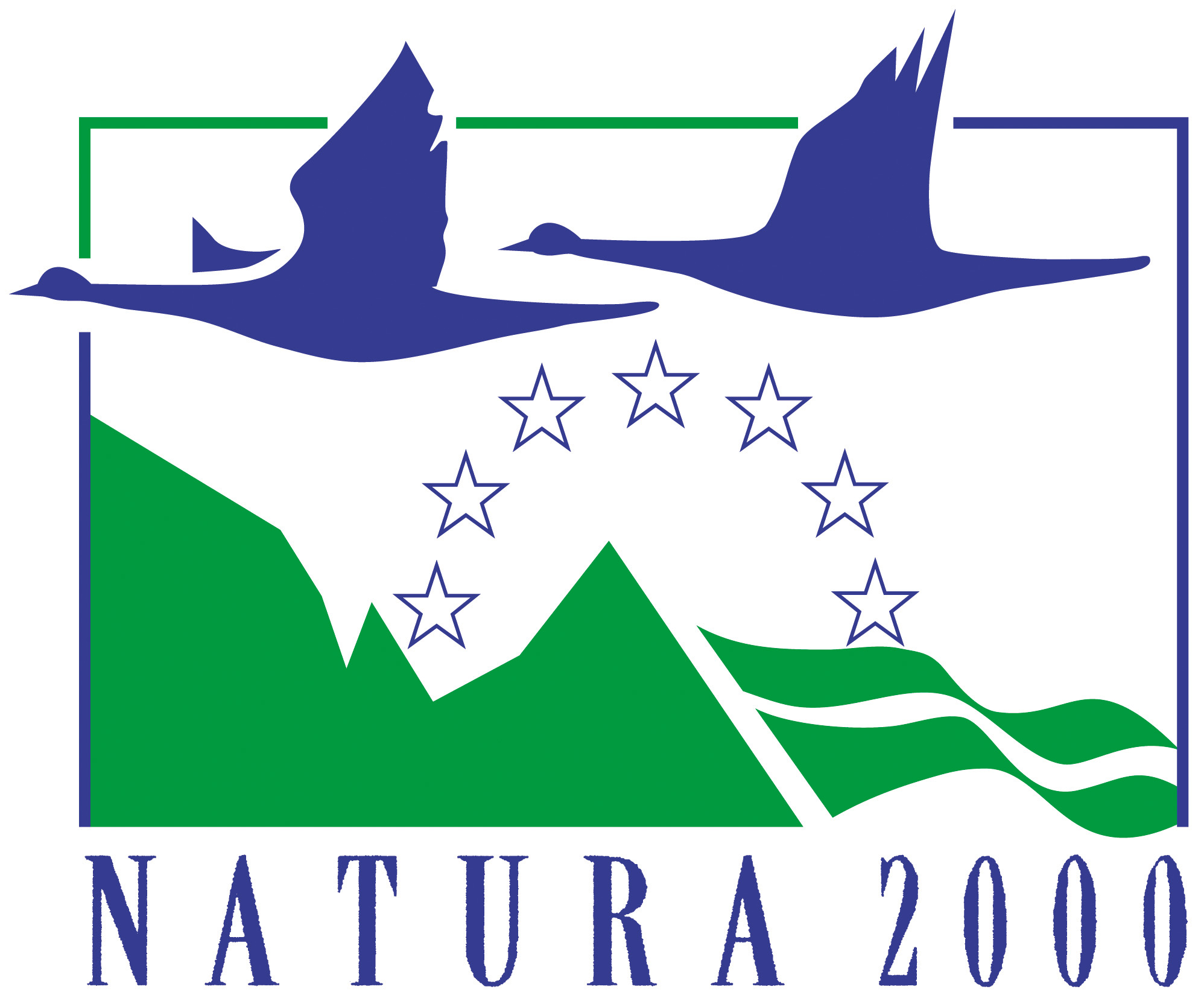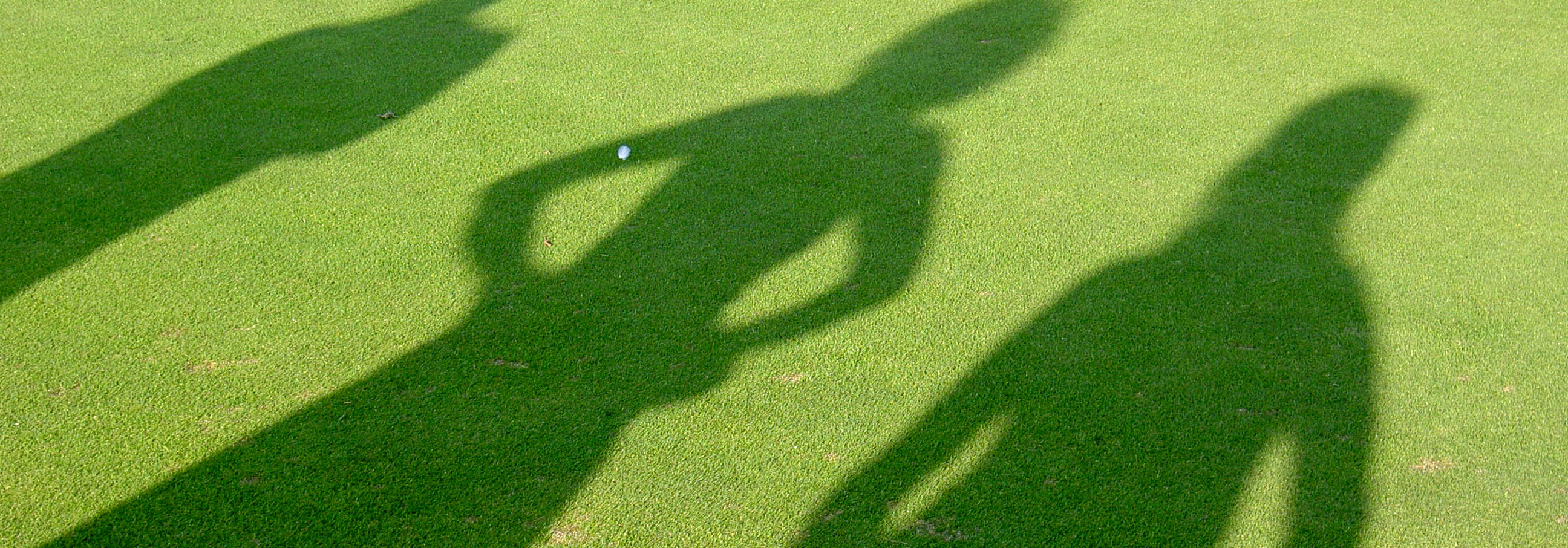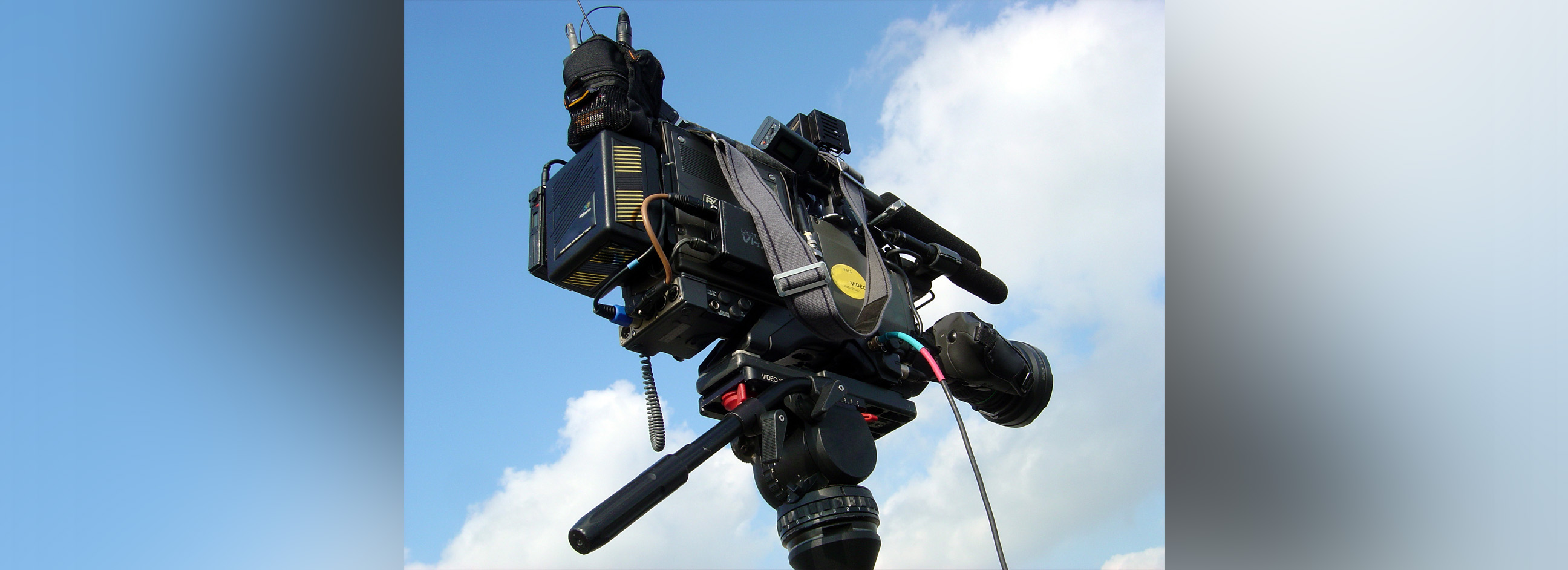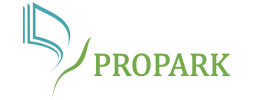Partners
Why this toolkit?
The management of Europe’s habitats, species and landscapes is often complex and needs many skills to deliver successfully. People from many different walks of life are involved, interested and affected by how Natura 2000 sites are managed, so effective communication between them is vital.
It may come as no surprise that a large number of Natura 2000 problems occur as a result of poor communications. Effective communication then is needed by Natura 2000 managers to develop good relations, explain and win support for the work done to take care of our shared natural heritage. Effective communication is an essential component of professional success and to that end, this toolkit and the accompanying manual, training course, and other materials have been created to inspire, assist and support all involved in Natura 2000 management.
The toolkit is necessarily constrained by available space, but we hope you find some good tools and tips to inspire your communications.

-
What will I find here?
This toolkit, developed by EUROPARC Federation, aims to support, assist and inspire people in their communication of Natura 2000 areas. Based on the Manual for Effective Communication, it contains complementary information, tools and best practices, and provides new insights for improving Natura 2000 manager’s skills. It includes:- A broader view about Natura 2000, best practices on management and communication for Natura 2000 areas and other official publications
- All the material arising from the project: including the powerpoints presented at the training sessions, the Manual for Effective Communication, produced with the contents from the trainings, and a compendium of exercises and worksheets to be used for facilitating communication training sessions
- Best practise cases studies who applied for the Natura 2000 Communications Awards
- Technical inputs for improving your personal communication skills
- The latest and most effective tools to target, design and broadcast your information about Natura 2000 sites
- Tips on how to disseminate your work widely
- Inspiring videos, web articles and guides to get you started right away!
-
For whom is this Toolkit?
This toolkit is especially addressed to Managers of Natura 2000 areas, nonetheless, it is a useful tool for broader audiences which may include:- Technicians working on Natura 2000 or other protected areas – at communication, education or visitor departments; administrative, secretariat, biologists, forestry managers, or all other technicians that have regular contact with the public
- Professionals from all categories aiming to improve their own communication skills
- Professionals who want to organize a workshop or facilitate other activities with the public
- Communication students or young professionals aiming to work in the nature conservation field
- Everyone else who finds Communication Effectiveness a must-have on their daily job.
-
Manual for Effective Communication
The Manual for Effective Communication – Introductory level , is an important tool for managers to address the main challenges on communicating about Natura 2000 areas. After an introduction about Natura 2000, it addresses core areas of communication: strategy and planning, personal communication skills, written communication skills, effective communication, talking to the media, online communication channels. It also includes a section of exercises for you to apply your knowledge or to use in training sessions with your collaborators and colleagues .
The Manual is the backbone of this toolkit, therefore you will find in each section complementary information mirroring the contents in the Manual. You can either download the complete file (in English) or select the chapters you need in the sections of this toolkit.
The Manual was prepared by Janice Burley, Down 2 Earth Training & Facilitation Link and the EUROPARC Federation, which follows the programme and contents of the training programmes delivered.
-
Material from training seminars
Download the presentations from the seminars:
1 Introduction & Definition.pptx
2 Communication Strategies.pptx
3 Communication & Active Listening.pptx
4 Presentation Skills.pptx
5 Giving Feedback & Assertiveness.pptx
6 Writing.pdf
7 Two Way Communication.pptx
8 Conflict resolution.pptx
9 Interpretation.pptx
10 Talking to the Media.ppt
11 Online communication channels.pptx
12 Online Communication Tools.pptx
13 Action Planning.pptx
-
Communication Case Studies
EUROPARC opened applications for Natura 2000 Communication Award, aiming to collect and promote, best practices amongst Natura 2000 sites. Get inspired by the latest examples from all over Europe!
AWARD WINNER_Mata do Bussaco_Bussaco Digital, PT.pdf
Cares for Wetlands, PL.pdf
Conservation of Macaronesian Sparrowhawk and Laurissilva habitat in Madeira, SPEA, PT.pdf
Guadarrama National Park_A Mountain recovered, SP.pdf
HC_Azores_Lands of Priolo, PT.pdf
HC_Clwydian Range and Dee Valley_Heather and Hillforts_UK.pdf
HC_Drenthe-Frisian Border Region_Together we Achieve More, NL.pdf
HC_Mar Menor, Murcia_Seahorses as flagship Species, SP.pdf
HC_Peak Disctrict National Park_Moors for the Future, UK.pdf
Hoge Veluwe National Park_Communicating Wetlands Recovery , NL.pdf
Kornati National Park_Celebrating Earth Day 2015, HR.pdf
Louny region_Rediscovered Steppes of the Louny region, CZ.pdf
Mata do Bussaco_Elves in the Forest of Bussaco, PT.pdf
North York Moors_Out and About, UK.pdf
Parco Maremma_New brochures and maps, IT.pdf
Park Montagne de Reims_And if we show our gratitude to nature, FR.pdf
Toscana National Park_Nature notebook, IT.pdf
Getting started with communications
What is Natura 2000?

Natura 2000 is the centrepiece of EU nature & biodiversity policy. It is an EU-wide network of nature protection areas established under the 1992 Habitats Directive. The aim of the network is to assure the long-term survival of Europe's most valuable and threatened species and habitats. It is comprised of Special Areas of Conservation (SAC) designated by Member States under the Habitats Directive, and also incorporates Special Protection Areas (SPAs) which are designated under the 1979 Birds Directive. The establishment of this network of protected areas also fulfils a Community obligation under the UN Convention on Biological Diversity.
Currently around 18% of land in the EU countries (787.767 km² in 2013) is protected as part of the Natura 2000 network; these are on both publically managed and privately owned land. 251.564 km²had been designated as Natura 2000 in the marine environment in 2013.
You can find more about Natura 2000 at this Link.
Icebreakers

Are you leading a presentation or a workshop? So you should start off on your right foot! Breaking the ice with simple games and practical activities will wake up your attendees and promote good exchange between them. Some good tips and exercises can be found in these documents. (40_icebreakers_for_small_groups.pdf -> ) (100energisers.pdf -> ) (More icebreakers.pdf-> )
Communications Strategy

How can you communicate effectively without a proper strategy? Having a communication strategy is crucial to any kind of project. Here is some good advice that will help to make your Natura 2000 site more visible to the general public.
-
Communication Strategy
- Download the complete chapter concerning Strategy development from the Manual for Effective Communications.
- Read a complete guide about communication strategy, with examples and template from the US Environmental Protection Agency.
- Find a detailed guide on how to write a communication strategy from the UK Civil Service.
- Check a case study from Kellogg’s on how to devising a communication plan.
-
Be SMART
-
About Planning
-
Implementing
-
Get Inspired
Here you will find:
An effective guide dealing with the psychology of climate change communication prepared by the CRED (Centre for Research on Environmental Decisions).
A guide on Communicating Sustainability – How to produce effective public campaigns, By the United Nations Environmental Program and Futerra.
Internal Communication

Internal communication encompasses all the communications within an organization or a project. It includes all the official communications (memos, guidelines, policies and procedures) and the unofficial communications (share of ideas and opinions, development of relationships). Internal communication is essential to guarantee consistent and coherent communications amongst all people involved in the management of the Natura 2000 site.
Developing your personal communication skills
As a Natura 2000 manager, you should be able to deliver your message effectively, in a positive and inspiring tone. It is not only about what you say, but about how you say it. In this chapter, you will learn what interpersonal communication is, and 5 things you can easily improve. Besides interacting face to face, a Natura 2000 manager needs to have excellent written skills.
Interpersonal communication

Interacting with people is fundamental to all Natura 2000 management. Whether communicating with a staff member, volunteer, politician, funder, local community group, school children or an angry stakeholder, how the Natura 2000 manager presents himself will underpin the effectiveness of all communications.
Identifying strengths and weaknesses in personal communication skills, being honest in the need to learn some new techniques and gain some fresh insights will enable the Natura 2000 manager to develop positive and constructive relationships. In the process, he will reduce conflicts and gain new supporters.
-
Learning
What is interpersonal communication? Learn about its definition and elements.
Have you heard about non-verbal communication? Active listening and effective questioning? Presentation skills? Check the chapter concerning Personal Communication Skills from the Manual Effective Communication for Managers.
Things you can improve

These days, technology is making everything easier. Unfortunately, easier doesn’t always mean better, and in the case of communication, the same ease that allows you to bridge long distances in a matter of seconds may also be crippling your ability to communicate well when it matters the most. Communication is especially important, and ineffective communication can make or break your success. Here are five things you can do to improve your personal communication skills.
-
Developing your personal communication skills
Communication Skills
A complete guide for developing your communication skills.The Importance of Authentic Communication
Sheryl Sandberg, Chief Operating Officer of Facebook, talks about the importance of communication in scaling one's own career and business relationships. She recommends that rather than stating opinions as facts, managers state beliefs and the facts that support it, and encourage others to do the same, as a tool to encourage better information sharing. She also encourages everyone to take full responsibility for the actions, and to make them personal, stating that this ownership is a crucial building block at all stages of one's career. LinkGuidelines for Effective Interpersonal Communication
Good techniques that could help you improve interactions.How to open and close presentations?
In this clip Mark Powell provides best practice tips for opening and closing presentations. Link -
Verbal and Non-verbal communication
Following the Principles
This extensive guide will introduce you in the verbal and non-verbal communication in business contexts. And find out some examples of verbal communication in the workplace.Personal space
How close should you be to a person? How will he feel? Everything you need to know about personal space.Gestures
Be aware of your interlocutor’s gestures, they can tell you much more than words, and learn some common gestures around the world.
Take also a look on an article by the Telegraph, explaining the rude hand gestures of the world, quite important when you are dealing with foreign cultures. LinkTED talk about body language
Body language affects how others see us, but it may also change how we see ourselves. Social psychologist Amy Cuddy shows how “power posing” standing in a posture of confidence, even when we don’t feel confident, can affect testosterone and cortisol levels in the brain, and might even have an impact on our chances for success. LinkBody Language
A fascinating set of 3 articles written by experts on analysing body language, posted at the website Psychology Today, and 10 Simple and Powerful Body Language Tips for you to use in public presentations, sharpen your negotiations skills and understanding your team (posted at CommPro.biz.) -
Active Listening
Learn how to become an active listener and improve your relation with your interlocutor, with this selection of 3 great articles from ArticlesBase.com, MindTools.com and SkillsyouNeed.com.
See also a document about active listening from the Utah State University.
Get inspired by Julian Treasure with his Ted Talk about 5 ways to listen better. Link -
Being assertive, not aggressive
“Being assertive means being confident enough to clearly and effectively express your feelings and opinions, while still valuing those of others. It’s important because it impacts directly on the way that you communicate and interact with other people and helps build your self-esteem”at Bupa.co.uk
Read more about how to be assertiveness, learn how to improve your self-confidence, and the difference between being assertive and aggressive, with 3 useful articles from BUPA.co.uk; businessballs.com and SkillsYouNeed.com
Check also the guide for Being Assertive from the Texas University.
-
Giving and receiving feedback, positively
Giving and Receiving Feedback: A Guide to the Use of Peers in Self-Assessment
Everyone has the capacity for giving useful feedback and some people use it to more effect than others. The skills of giving and receiving feedback can be developed if attention is given to some of the attributes of worthwhile feedback and how it can be given in ways which enhance its contribution to learning.Learning
Use the guide from the Oxrford University and take a look on the web articles published at SkillsYouNeed.com and the Guardian – 12 ways to Improve how you conduct audience and visitor feedback.Johari window
Ingham and Luft's Johari Window model diagrams and examples - for self-awareness, personal development, group development and understanding relationships. LinkPerformance appraisals
360 degree appraisals involve the appraisee receiving feedback from people (named or anonymous) whose views are considered helpful and relevant (for example, manager, colleagues, clients, and their subordinates). LinkTraining and learning evaluation, feedback forms, action plans and follow-up
Looking at reviewing and evaluation on a broader level. Link
A short video which talks you through a number of reviewing techniques. Link
Written communication skills

When considering communication, a Natura 2000 manager may concentrate on the spoken and personal communication, but in fact writing, and writing well to express the vision and goals of the Natura 2000 site, are equally important. Badly worded communication, overly technical language and poorly expressed writing can undermine all good verbal communications. Natura 2000 managers need not be poets or prize winning authors, an understanding of the differing written material needed and how to improve is a much important skill.
-
Learn
What is the difference between technical writing and creative writing? How can you improve your skills? Start by looking at the extract “Written Communication Skills” from the manual "Effective Communication" and test your skills with a selection of exercises.
Then, learn how important writing skills are, how to get your written message across clearly and find practical information to start improving, in this selection of web articles from MindTools.com, SkillsYouNeed.com and IdeaFit.
If you feel that more information is needed, check the “Effective Written Communication” online training course created by an English teacher Link and get inspired by the video tutorial Business Writing Skills by MindTools.com. Link -
Writing press releases
Journalists frequently lack time to read all the information they receive daily, therefore it is crucial that you know out to highlight your message and provide them just the information they need. After reading this selection of web articles about “How to write an effective press release” you will be prepared to spread your latest news! -
Writing emails
Dealing with responses from your audience

Now that you already improved your personal communication skills, learn how to effectively collect and process feedback from your audiences.
-
Get to know your audience
-
Read Feedback Cues
Feedback is the verbal and non-verbal response from an audience which help the speaker modify and regulate what he is saying. The article contains some key points about the different types of feedback that you might receive. Link -
“Ask The Room”
“Ask The Room” to Get Feedback From A Presentation Audience. Link
Putting communication skills into practice
There is always a sender and receiver in any interaction, these roles will be simultaneous and changing. Natura 2000 managers must communicate with differing individual and groups with many different interest, views and opinions. This can sometimes lead to difficulties and conflicts. Appreciating and understating how these interactions work will help the Natura 2000 manager modify and manage such situations. Take also a look on the Chapter regarding effective communication, extracted from the Manual Effective Communication for Managers.
Communicating with groups

-
Conflict resolution
As a Natura 2000 site manager you have to deal with a different range of stakeholders, and be always able to address their problems. This is a useful document about the importance of conflict resolution in managing Natura 2000 sites.
Check also a review of 24 best practices case studies on Dealing with Conflicts in the Implementation and Management of the Natura 2000 network and a guide for conflict management and participatory approaches in Natura 2000.
-
Language barriers
Language barriers are a common challenge in an international setting and a two-way process. What native speakers often don’t realise is that frequently it is not the other person’s accent, but their own way of speaking that creates the greatest barrier to effective communication. The strategies in this document ensure you’re not putting up your own roadblocks to effective international communication. -
Get inspired
Making sense of sustainable lifestyles and broadcasting wisely. This is an example by the UN Sustainable Lifestyles Taskforce Link: a report downloaded 60,000 times in the first month after launch, and an online movie viewed over 21,000 times.
Presentation skills

-
Public speaking
Learn 5 tips to better engage your audience A website with useful resources from preparing your speech in any occasion.Link
Negotiation Skills

-
The process
One important thing to keep in mind is that negotiation is a process, and it is important to communicate throughout this process. Listen and ask questions. The key to a win-win negotiation is to focus not only on content, but also on the relationship between the parties. Check this web article about daily tools for negotiation.
Crisis communication

The basic steps of effective crisis communications are not difficult, but they require advance work in order to minimize damage. Read and implement these 10 steps of crisis communications, the first seven of which can and should be undertaken before any crisis occurs.
Disseminating your information
For a Natura 2000 manager, there are many challenges for broadcasting your messages and developing the correct communication channels to your target audiences. In this section, you will find useful information on how to talk with the media, how to use social media to engage new audiences and how to make information accessible for the visitors of your Natura 2000 areas.
Learn how to create a campaign and engaging stories for your audiences. Meetings and workshops are also important events for spreading specific information to internal and external publics, therefore you will learn some of the best facilitation techniques and tips.
Talking to the media

-
Learn
To first start your learning process on how to interact with the media, take a look on the Talking to the media chapter, extracted from the manual Effective Communication for Managers. This contains a brief overview of the main issues on writing and contacting journalists, and a selection of good examples and exercises.
Check also the web article about working with the media, with good insights and tips.
Online communication tools

Love it or loathe it, social media is here to stay and should form an essential component of any Natura 2000 site communication strategy.
Despite the apparent simplicity and accessibility of most social media channels, using them wisely and effectively can provide excellent opportunities to connect with many existing and new stakeholders and supporters for your Natura 2000 site. Social media however can also bring challenges and like any communication tool it requires careful planning. Take your first steps on managing online tools with the extract from the manual "Effective Communication".
-
Social Media
Get inspired by a Social Media best practices guide and learn the Code of conduct for social media, by Communications Council.
Learn how to plan and work with the Social Media toolkit.
Which tools should I put my effort into? With this non-profit media decision guide - you will soon know!
And take a look on this slide share presentation that tells you 20 ways to upgrade your social media marketing. Link
-
Send
Why should you send newsletters? And what is the difference between them and social media? Read this web articles we selected for you. Email marketing field guide by Mailchimp.com, one of the most valuable resources for you to send beautiful newsletters. Link
Making Natura 2000 sites accessible

-
Interesting links
Making accessible places, creating richer experiences using broader senses of interpretation at SensoryTrust.org.uk: Link
Association of Heritage Interpretation Link, an organization that believes interpretation enriches our lives through engaging emotions, enhancing experiences and deepening understanding of places, people, events and objects from the past and present.
Storytelling

-
Learn
Have you heard about storytelling? Did you know the most effective campaigns are the ones who really touch your audiences’ emotions? How to make them feel what you are telling? Learn some great tips with the web articles we have choosen for you: Good storytelling, a blogpost by Deloitte digital, and Storytelling for action conservation, written by Froagleaps.org where and you can even find a training course Link
-
Get inspired
Why Storytelling Can Change the World and Save the Ocean, a TEDx talk by Shaun MacGillivray: Link
Facilitating meetings and workshops

-
Techniques
Good techniques to make your meetings productive, participative, friendly, cooperative... and fun!
How to reach consensus? The process of consensus involves getting people with different points of view to start seeing things in a similar way, or at least to begin narrowing their different perspectives. Read this article from Seeds of Change.
One way to learn facilitation skills is to observe and analyse what is happening in one’s group. All of us have spent a good part of our lives in groups of various sorts, but rarely have we taken time to stop and observe what is going on in the group, and ask why the members are behaving the way they are. The following list include some of the aspects you should pay attention to any group.
Make change happen

-
Get inspired
Communication tips - Stories, Sizzle, Salience & Social Proof: Futerra Co-Founder Ed Gillespie delivers a speech for the 3 Pillars Network Sustainable Behaviour Change conference in Sydney, Australia, November 2011.Link How to change behaviours during large scale global events. Downloaded 3000 times in its first 2 weeks of launching, the DEFRA Games Theory - Behaviour change on a gold medal level.
-
Gather collaboration
Why is it important for organizations to work together? What are the different ways that organizations can work together? How do we choose among relationships? What are some of the challenges that organizations confront when they are working together? How do groups begin to build organizational relationships with each other?
Benchmarking for your personal development

-
Communicating with the media
- Working with the media: Tips on how you can use the media to the benefit of your cause. An introductory section for people that work with media.Link
- The format of a press release: Link
- 9 Best Practices for Getting Press Coverage: Some successful tips and getting press coverage from an Executive Editor of Web Digest for Marketers. Link
- Good storytelling: 4 keys to successful campaigns: Digital marketing has a lot of new opportunities for audience engagement. But in the end, success usually comes back to good storytelling. Here are some helpful tips. Link
- Storytelling for conservation : Link
- IUCN Commission on Education and Communication: a website with interesting tools and successful stories from across the globe, for communication and education. Link
- What does a spokesperson do: Short summary on the responsibilities of a spokesperson. Link
- Working with the media: Information about the origins of the use of this phrase in journalism. Link
-
Networking
- Europarc: The EUROPARC Federation is the network for Europe’s natural and cultural heritage and the representative body of Europe’s Protected Areas. EUROPARC Federation is dedicated to practical nature conservation and sustainable development of Europe’s biodiversity, fostering holistic landscape approaches in its management. Link
- Green Spider Network: The Green Spider Network (GSN) is a network of heads of communication and information officers from environment ministries and national environmental agencies across Europe. The network was established in 1995 by the European Commission. Sharing best practice is one of the main objectives of the Green Spider Network. Various initiatives taken to support this goal and examples of good environmental communication are collected here
-
Hints and tips from the Think Tank
Futerra Sustainability Communications: We work with people who want to create sizzling, positive change through their brands, businesses and communications.
Ramsar Convention: The Convention on Wetlands of International Importance, called the Ramsar Convention, is an intergovernmental treaty that provides the framework for national action and international cooperation for the conservation and wise use of wetlands and their resources.
HECT Consultancy: Deep listening, asking and facilitating positive change.
Frogleaps: Frogleaps gives you ‘know how’ about human behavior change, and they provide free online courses & tools.
Wild team: Branding for Wild Team as part of a Tiger campaign by Futerra in Bangladesh.
EME Natura 2000: for full feedback from the Think Tank meeting in May 2013.
-
Sharing your skills - Training techniques and ideas for sharing your learning from this course
- Series of inspirational talks: A series of talks that inspire. The idea is a simple one, that people who Do things can inspire the rest of us to go and Do things, too. So each year we invite a set of people down here to come and tell us what they do. They can be small Do’s or big Do’s or just extraordinary Do’s. Link
- TRANSFER OF TRAINING: MOVING BEYOND THE BARRIERS A new model helps promote training transfer to the workplace. Link
- Knowledge sharing - Methods, Meeting Places and Tools: Presents a selection of easy ways to help you have better access to the knowledge you need to do your work. We invite you to step outside your usual routine and engage in the cross-fertilization of ideas with your peers. The methods described here are simple to use and can easily be built into the way you work. Many of you may well work this way already without calling it ‘knowledge sharing’. These tried and true processes will help you in your search for fresh, creative solutions to the challenges you face every day. Link
- Training techniques: 101 ideas for running training sessions. Link
- Ethical work and life learning: A whole host of resources useful for soft skills like communication, and also training/learning. Link
- Develop the skills you need for life: Lots of information about developing soft skills. Link
- Today’s Top SlideShares: Online PowerPoint presentations on almost any subject. You may need to register on download them. Link
-
Other useful resources
- United for Wildlife: free online course for Wildlife Conservation: Learn more about key issues within conservation, gain awareness of the problems facing us, and discover what you can do to help. This free course is suitable for anyone interested in wildlife and the environment. Link
- Communication tips, Sustainability, the reinvention of progress: TEDxHornstull - Ed Gillespie - Sustainability, the reinvention of progress. Link
- Communication tips. Speech from a co-founder of Futerra:. Link
- Article: Building a sustainable brand on genuine foundations: The mantra 'people don't buy what you do, they buy why you do it' needs to be applied to sustainability communications. Link
- Employee engagement: Bringing sustainability to life for 55,000 employees globally: Link
- Biodiversity animation and viral video series: How to tell a love story of nature: Link
- 10 tips for sustainability communications: Link
- On Environmental Champions: Champions empowered to change energy: Link
- Exmoor National Park - one of Britain’s breathing places: Here’s a fantastic short film introducing the fabulous Exmoor National Park. The film was produced for the Audio Visual Theatre in the Lynmouth Pavilion National Park Centre. Link










